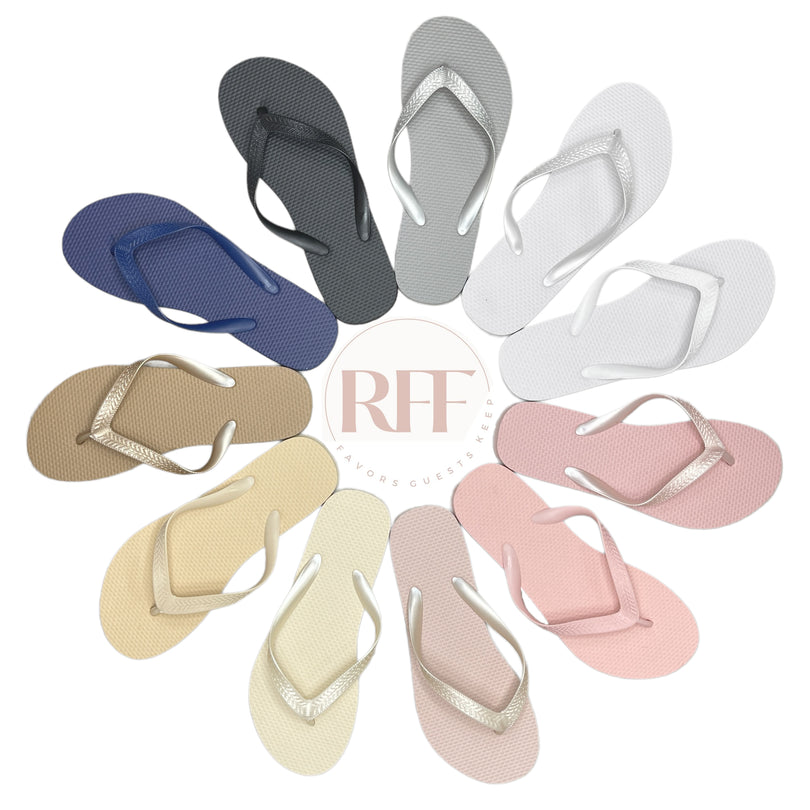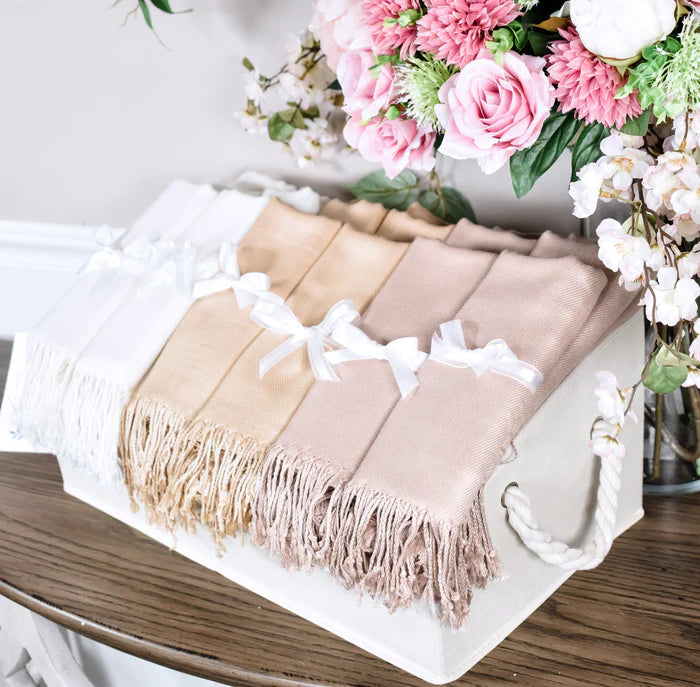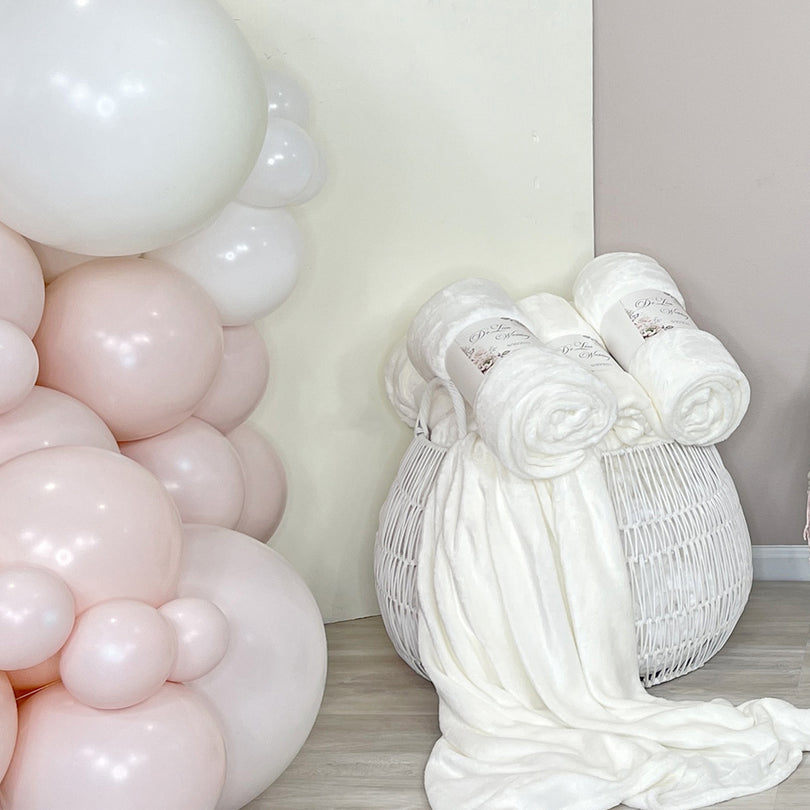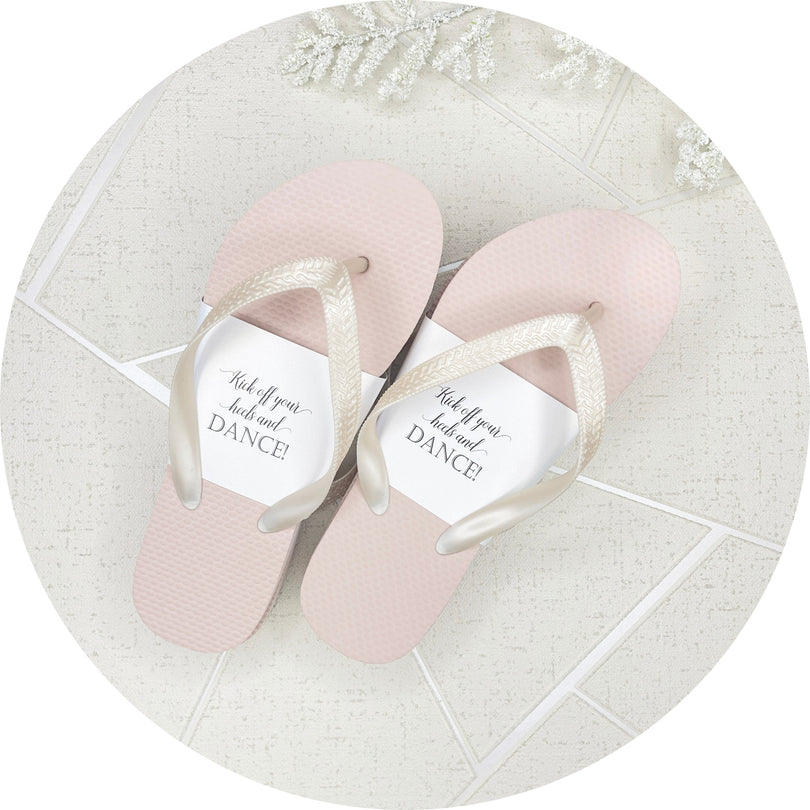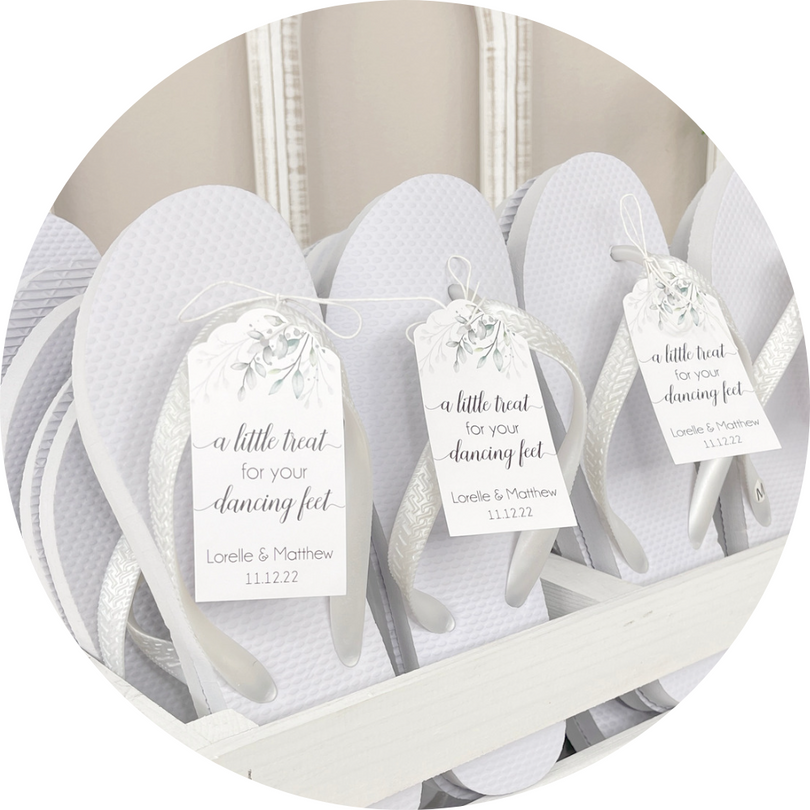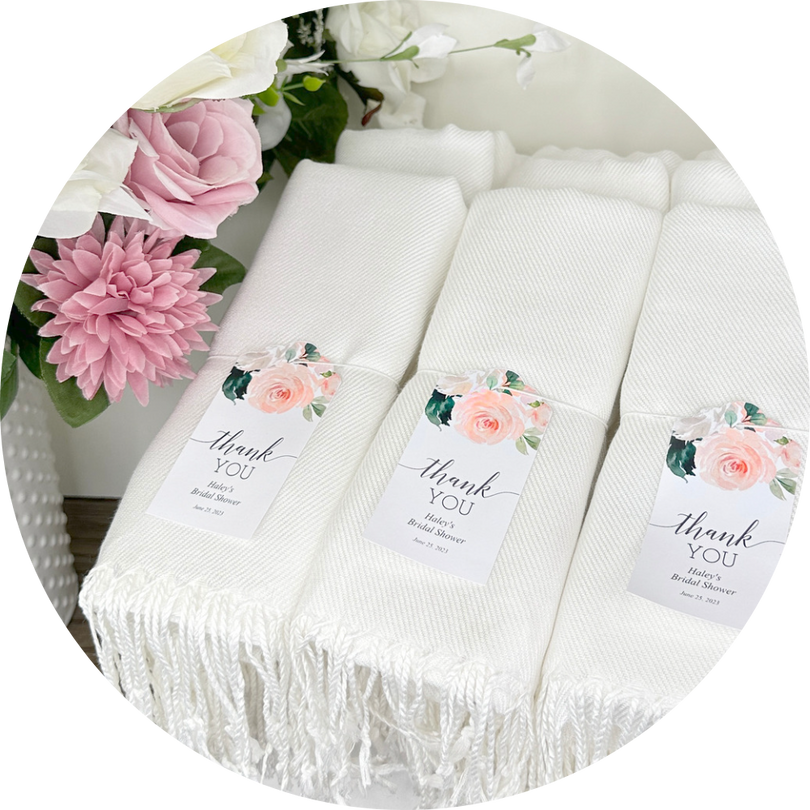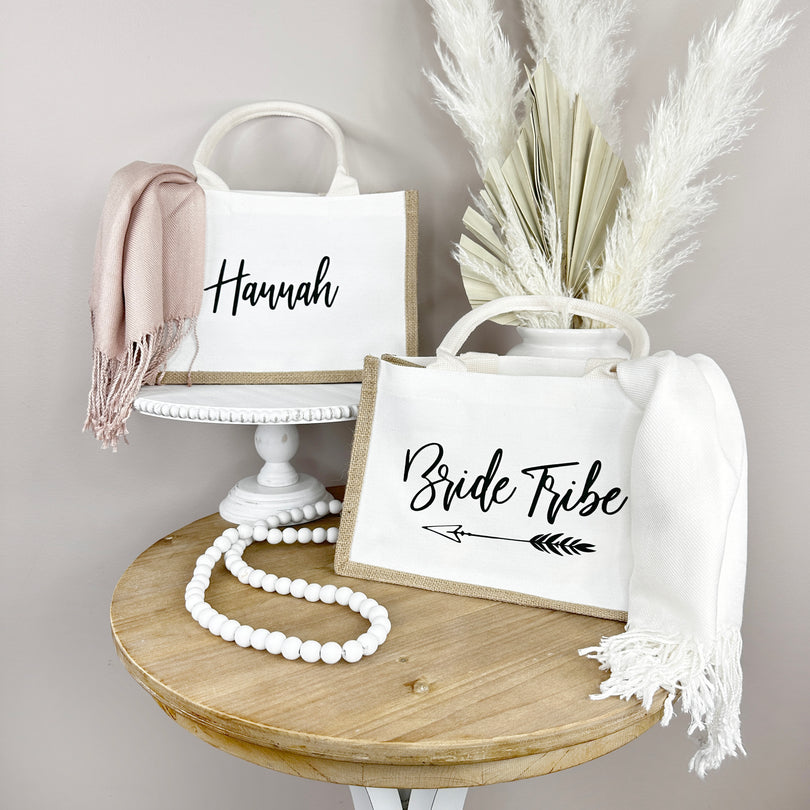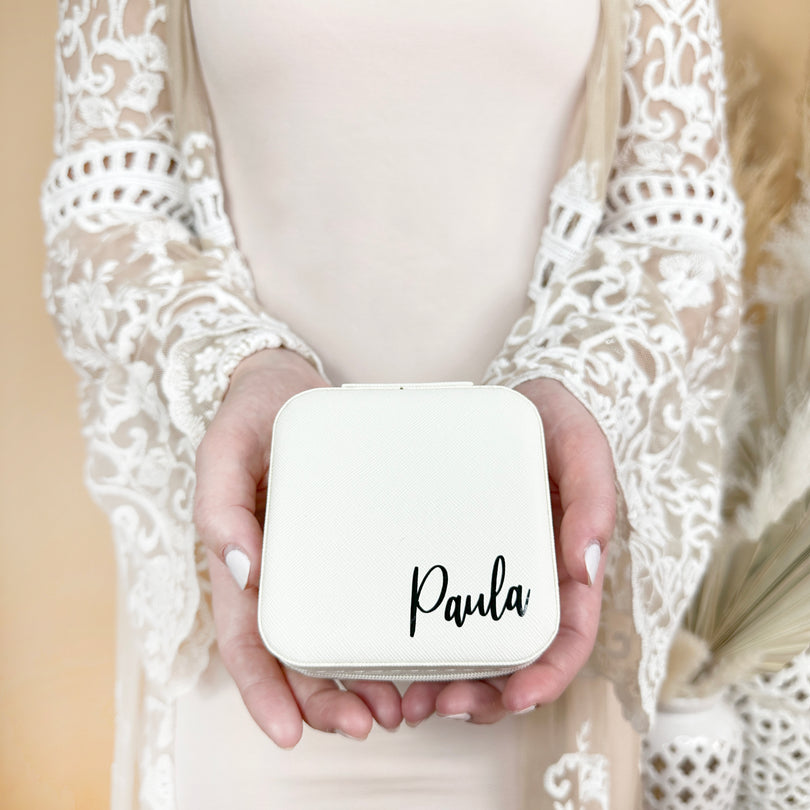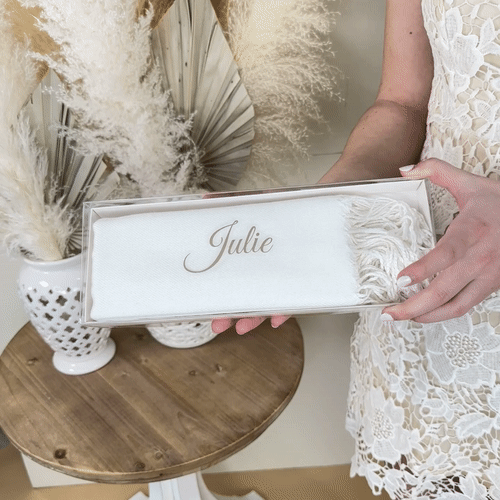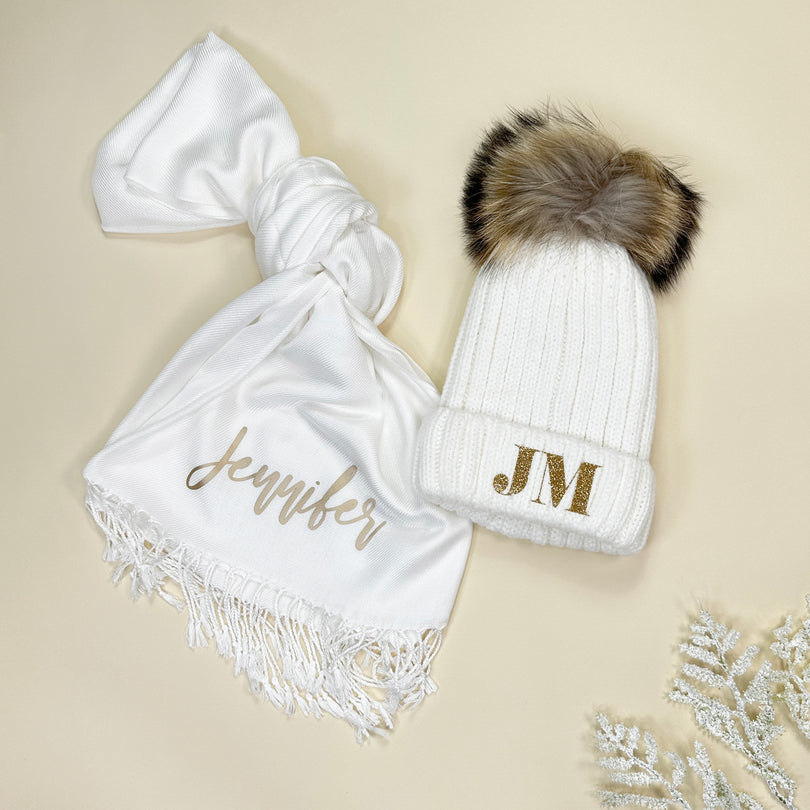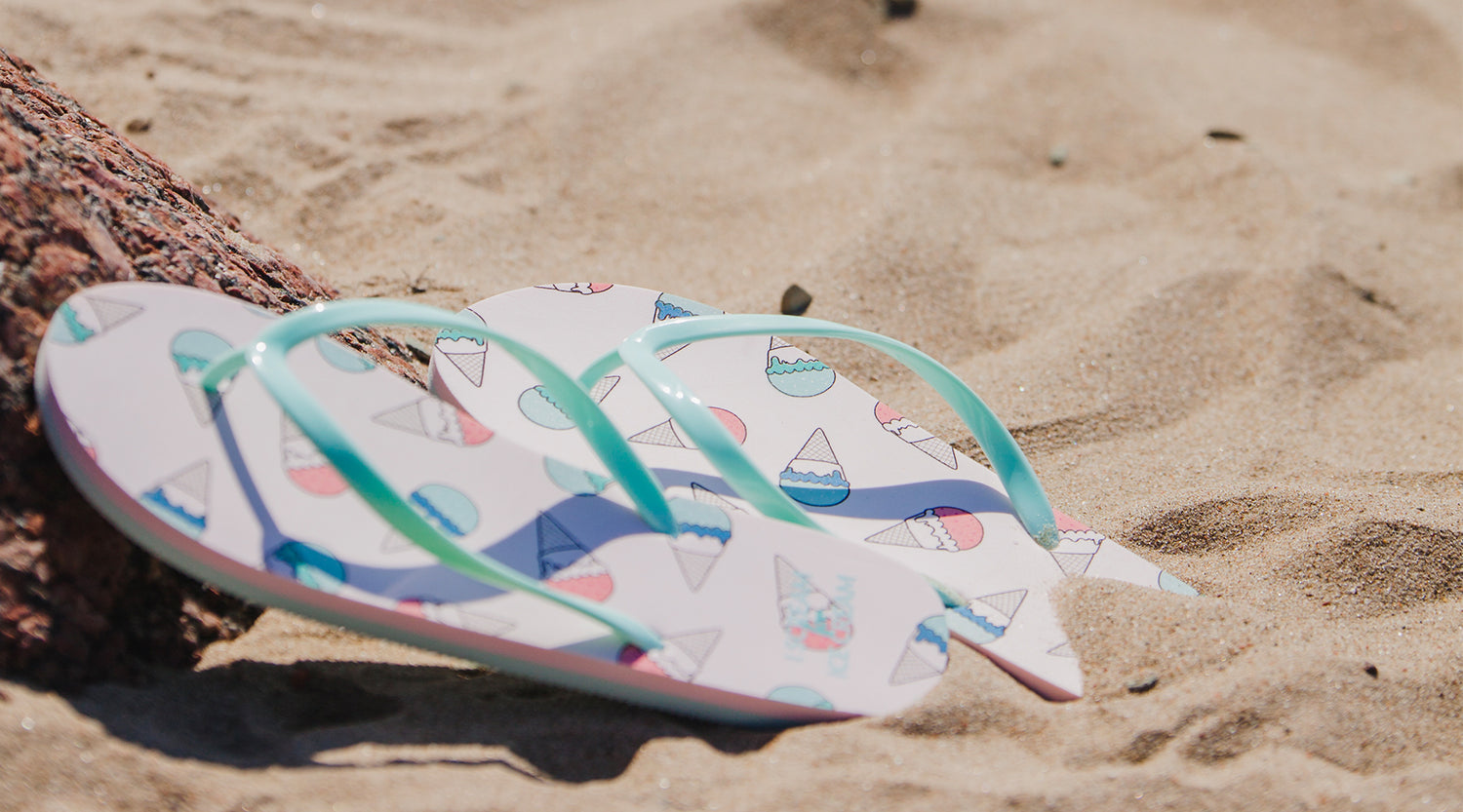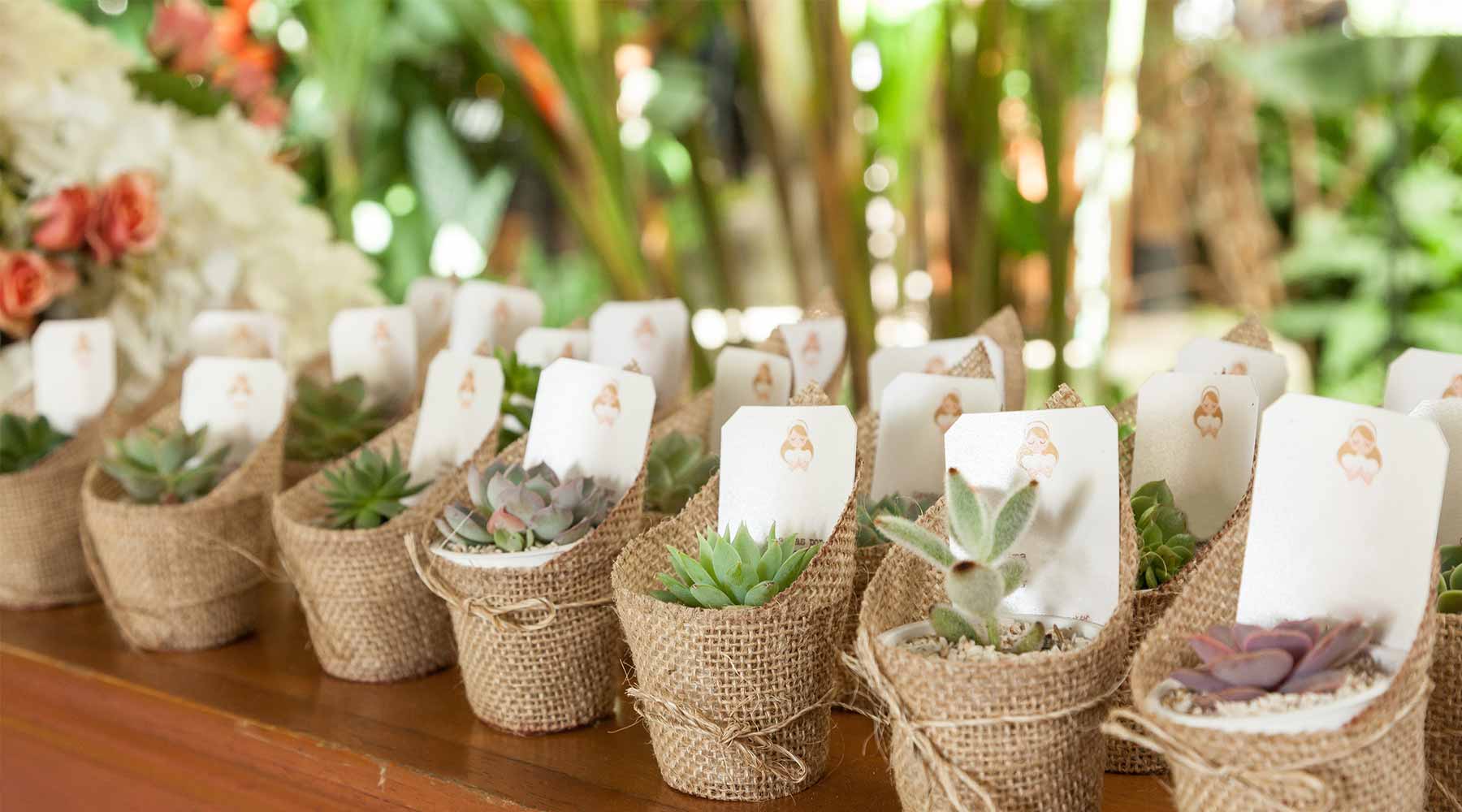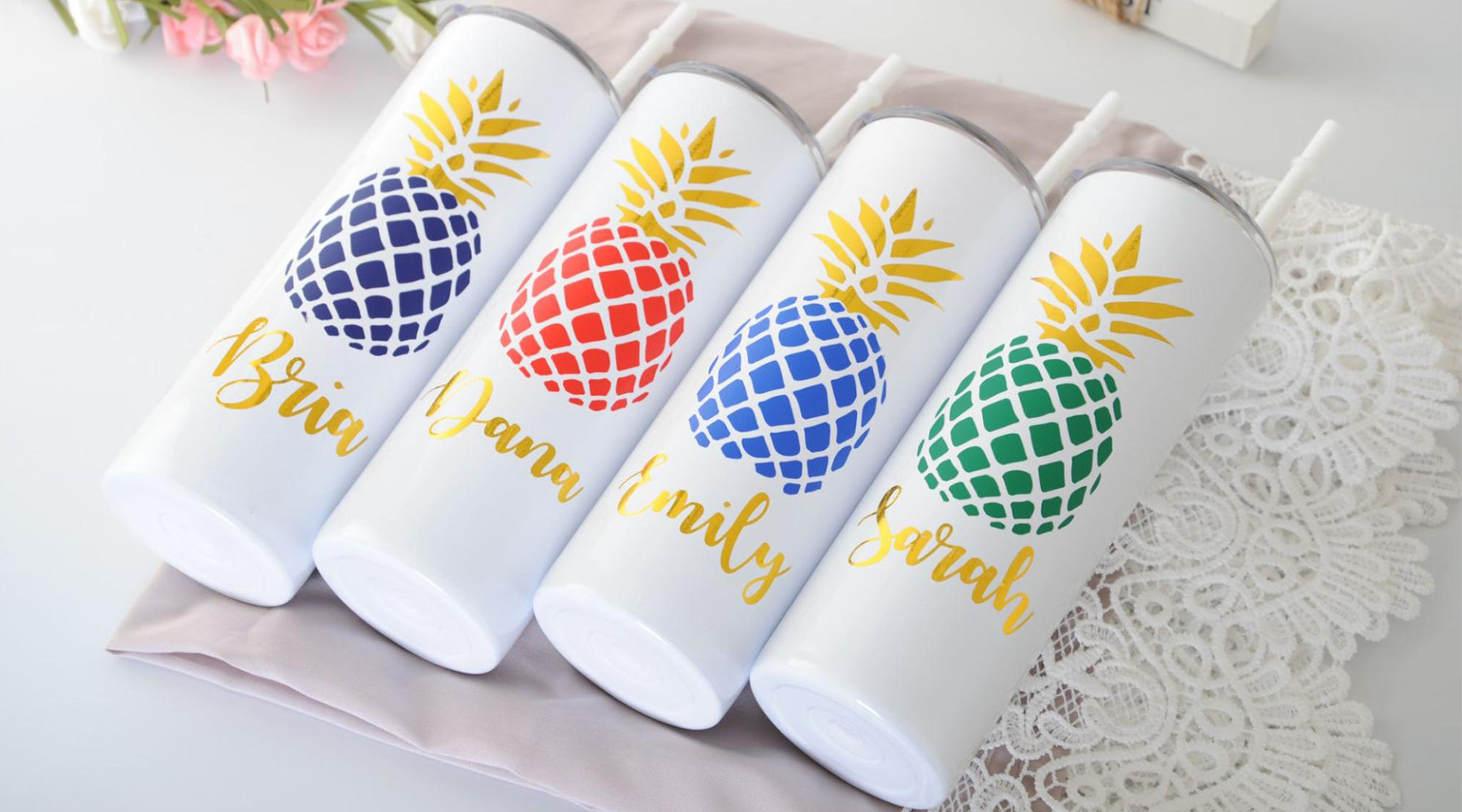Flip-flops are the oldest and most popular style of shoe – a footwear choice that has truly stood the test of time. And while today they’re typically associated with seasides and pool decks, flip-flops also make their way to red carpets and wedding receptions. So how did flip-flops become such a wardrobe staple? Today we’re taking a deep dive into the history of flip-flops, from their ancient roots to their modern-day uses.
Keep reading to learn everything you ever wanted to know about this handy and comfy footwear. Who knows? It may inspire you to rock your sandals in a whole new way!
What Is a Flip-flop Shoe?

Flip-flops go by many names around the world. In Japan, they're called Zori, and Hawaiians commonly refer to them as Slippers (or Slippahs). In Brazil, they go by the brand name Havaianas. And Australians typically call them Thongs. No matter what you call this laid-back footwear, it all comes down to the same general style: a sandal-style shoe with a y-shaped strap running between your first and second toes. That's it – a basic shoe that fits almost any look. You can get them in rubber, leather, straw, or plastic. And they're sometimes decorated with rhinestones, appliqué flowers, or other frilly details. But no matter how dressed up, they're still the same basic sandal that's graced countless feet throughout time. In fact, flip-flops are considered the most popular type of shoe in the world. This is mainly due to how affordable, available, and comfortable they are.
Who Invented Flip-flops?

To trace the origins of flip-flops, we have to travel back to 4,000 BC when the Ancient Egyptians likely invented an early form of the thong sandal. Back then, royalty and civilians wore flip-flops made of plant fibers like papyrus. In addition to ancient Africa, flip-flops' origin can be traced back to Asia and South America. They were favored by people who spent a lot of time on their feet in the elements. Throughout millennia, the sandal style endured. Some civilizations would wear the strap between different toes or use a variety of materials they had available. But the idea was the same: A simple sole, a y-shaped strap, an easy-to-wear shoe.
The flip-flop we’re familiar with in the U.S. today dates back to the 1940s when World War II soldiers brought the Japanese Zori home from their travels. The style gained footing with both surfers and homemakers who embraced the simple and functional design. Before long, flip-flops were everywhere, from West Coast surf towns to East Coast cities.
Why Are Flip-flops Called Flip-flops ?
When the Zori sandal arrived in America, the name carried on for a while, especially in areas with strong Japanese influence. Another name that gained popularity in the 1950s was Go Aheads, a term you may still hear in parts of California and Hawaii. Many Americans called them thongs or flip-flops, but the latter term maintained the most traction. And why shouldn’t flip-flops be a popular term for the shoe? After all, it’s delightfully onomatopoeic, reflecting the sound the sandal makes as it smacks the ground and then your foot. It’s a name as light and worry-free as the footwear itself.
'Flip-flops' is now the simple, enduring name for America’s most common footwear.
Flip-flops Today

Globally, flip-flops remain culturally significant in regions where they originated: places with warm climates and relaxed styles.
And now flip-flops have made their way into the folds of fashion. Celebrities were often sighted wearing thong sandals in the Y2K era, and the footwear is having a moment with the revival of early-aughts trends. Whether you get a $600 pair of flip-flops from Gucci or rock a simple low-key pair, you’re taking part in an ancient style that stands the test of time.
The Most Popular Shoe for Any Occasion

So now that you know the history of flip-flops, from their B.C. origins to their 21st-century trendiness, it’s time to add these stylish shoes to even more occasions in your life. From the homes of Ancient Egyptians to the dance floors of modern weddings, flip-flops are truly a timeless shoe that is sure to put extra pep in your step.
History of Flip Flops FAQ
What are flip-flops?
Flip-flops are casual sandal-style footwear with a simple sole and a y-shaped strap that runs across the feet and between the toes. They’re also commonly called Zoris, Havaianas, or Thongs.
When were flip-flops invented?
Flip-flops were invented around 4,000 BC by the Ancient Egyptians. The modern version of flip-flops that we’re familiar with today is a version of Japanese Zori that was brought to the US around World War II.
What are flip-flops made of?
Flip-flops are typically made of rubber, but you can also get ones made of leather, foam, cork, or plastic. Ancient flip-flops were made of plant-based materials like papyrus.
What is the difference between flip-flops and sandals?
Flip-flops are a type of sandal. Flip-flops are distinct because of the y-shaped strap that holds the shoe in place. As a general type of shoe, sandals could be almost any open-toe shoe with straps around the ankles or across the foot.
Why do people wear flip-flops?
People may wear flip-flops to keep their feet cool, dry, and comfortable. It’s an affordable shoe that’s easy to wear. You may also don flip-flops to give your feet a break from uncomfortable shoes or as an alternative to going barefoot, like when you’re on hot sand or in a public shower.
What do Australians call flip-flops?
Australians call flip-flops Thongs. While many people in the US used this term when the sandal was gaining popularity after World War II, they are more commonly called flip-flops today.
SOURCES
- The Surprising Story Behind the Rise of Flip-Flops
- Ancient Footwear: the History of the Flip Flop
- Flip Flops Market Value U.S. 2015-2025
- Everyone at Fashion Week Is Wearing Flip-Flops


